Please feel free to ask any questions or have any concerns with this technique.

Here are some basic Items I use to start out with:
After I scribe all the parts of the sheets I start sanding everything:
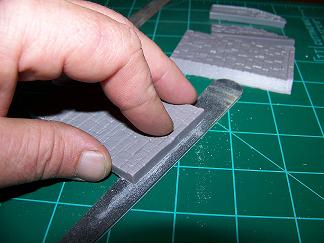
Once done sanding it should look like this:
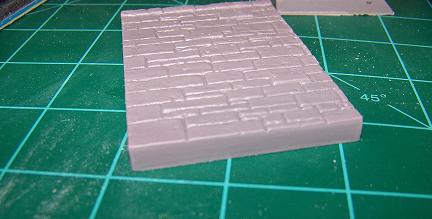
Here is a before and after shot.
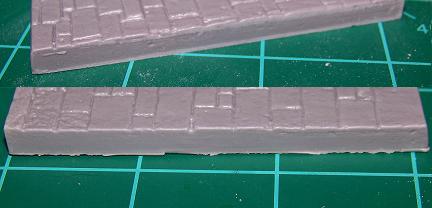
OK next move to the excess strips that you have after you scribe the parts of the sheets and yes they do come in handy.
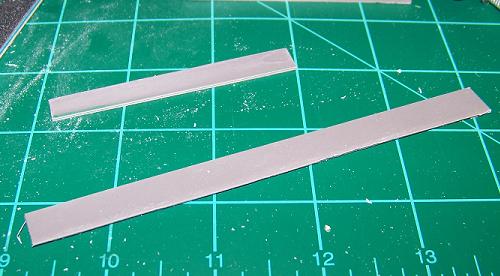
Once you clean them up a little, cut them to size and use plastic cement to clue the pieces to the parts along the straight part of the wall.
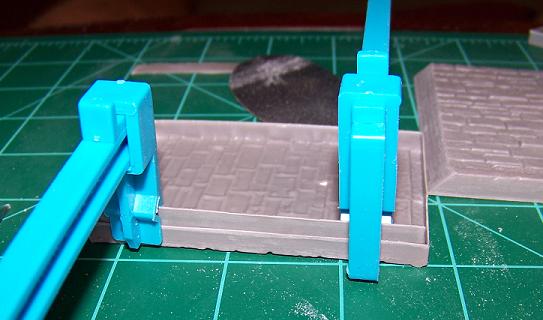
Here is what both part look like when everything is clued.
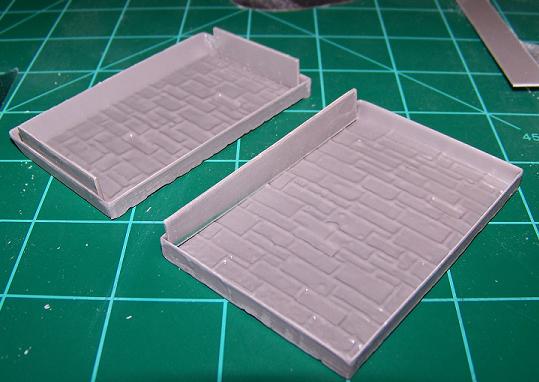
Go ahead and dry fit the parts to together to check for any major areas that will need to be worked. (Extra cluing or filling)
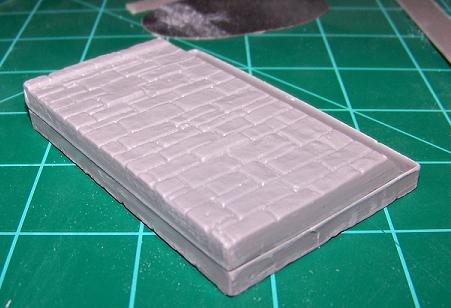
Now go ahead and still using the plastic cement, clue the parts together and hold them in some sort if a vise. I use clamps but you can use anything you have to keep the part tight together.
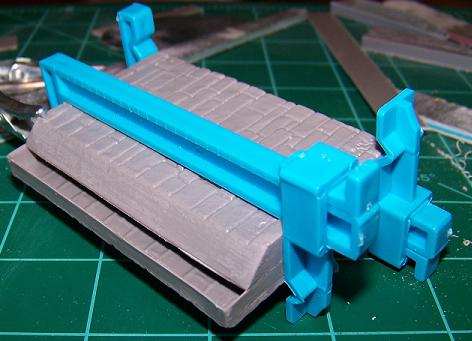
Once the cement is dried it should look like this: This piece had a slight gap on one corner which can be filled with filler.
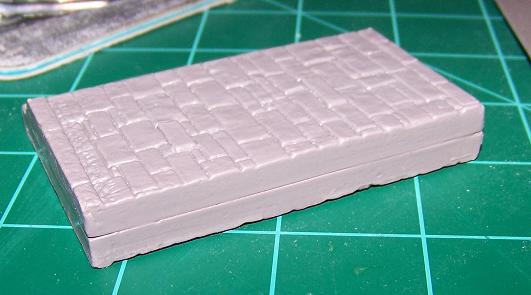
Now go ahead and fill in with putty, I use Squadron white putty cause it helps with the bonding of the parts:
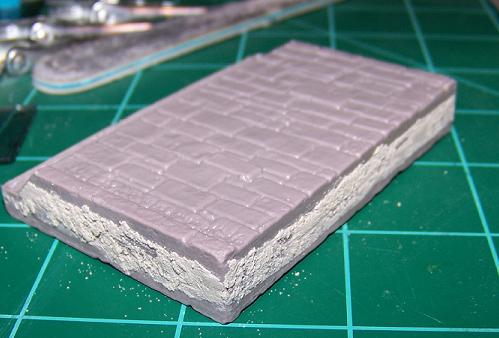
Once the putty is dry, sand as need and then the parts are ready to be assembled.
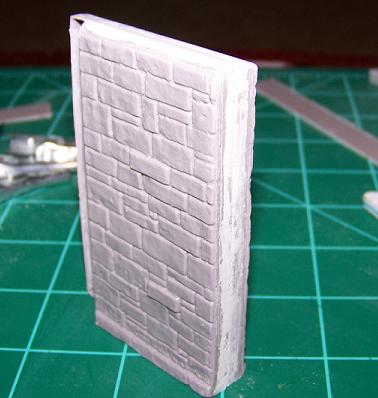
Now this is the way I like to do it cause it makes everything more stable and square the parts up better.
I hope you enjoy and will post more techniques I've found that works for me.
Thanks
Mike












































